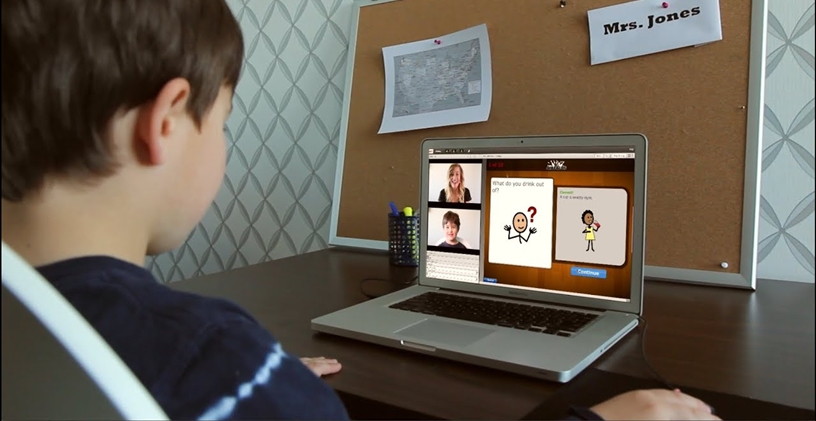The Facts About The Panic Disorder

While panic attacks can occur in children, they are rare. The prevalence of panic attacks increases significantly at the age of puberty. Panic disorder is an anxiety disorder where individuals experience unexpected recurrent panic attacks.
According to the Diagnostic and Statistical Manual of Mental Disorders- Fifth Edition, a panic attack is an abrupt surge of intense fear or intense discomfort that reaches a peak within minutes, and during which time four (or more) of the following symptoms occur:
- Palpitations, pounding heart, or accelerated heart rate
- Sweating
- Trembling or shaking
- Sensations of shortness of breath or smothering
- Feelings of choking
- Chest pain or discomfort
- Nausea or abdominal distress
- Feeling dizzy, unsteady, light-headed, or faint
- Chills or heat sensations
- Paresthesias (numbness or tingling sensations)
- Derealization (feelings of unreality) or depersonalization (being detached from one-self)
- Fear of losing control or “going crazy”
- Fear of dying
As you will notice with the list above, many of these symptoms are physical (chills or heat sensations, sweating, pain or discomfort) while others are cognitive (fear of losing control, depersonalization, fear of dying). In addition to the experience of having a panic attack, panic disorder affects individuals in ways that can impact daily life and functioning.
To illustrate, individuals with panic disorder experience “consistent concern or worry about additional panic attacks or their consequences” (DSM-V, p208). In addition, people with panic disorder will often avoid certain places or activities that they fear might lead to another panic attack.
Dr. David Carbonell, in his Panic Attacks Workbook (2004) identifies four situations in with recurrent panic attacks are likely to occur. These include:
- In situations that remind the individual of their first panic attack
- In situations in which the individual might feel trapped or like they won’t be able to escape
- During less structured, leisure time activities where one’s mind is less occupied/focused
- In the absence of real emergency
Dr. Carbonell goes on to highlight the importance of understanding panic attacks. Individuals experiencing panic attacks can be flooded with irrational thoughts. For this reason, it is helpful to remember that having a panic attack does not mean any real risk exists. In addition, as stated above, panic attacks peak within just minutes.
Although panic attacks are rare in children, young ones can still struggle with feelings of fear and other symptoms of anxiety. If you suspect your child may be struggling with panic disorder or another anxiety disorder, don’t hesitate to contact a mental health professional. He or she can help discern if an anxiety disorder exists and help you plan the best course of treatment.
References
This article is written by North Shore Pediatric Therapy. You can find the original version here.







